Matcha Tea: Has Coffee Met Its Match?

Have you ever found yourself in need of an energy boost less intense than the one a cup of coffee gives you? Perhaps you’re craving an extra hit of caffeine, but you’re already over your daily coffee limit? Or are you simply up for trying something new and exciting? In cases like these, matcha tea is the perfect choice: heady yet delicate, it’s no wonder that matcha is often called “the espresso of the tea world”.
If you’re new to this liquid goodness, you may have a lot of questions though. Why not delve into the subtleties of matcha together then? Let’s go ahead and find out the whats, whys and hows behind the trendy matcha tea!
What Is Matcha Green Tea?
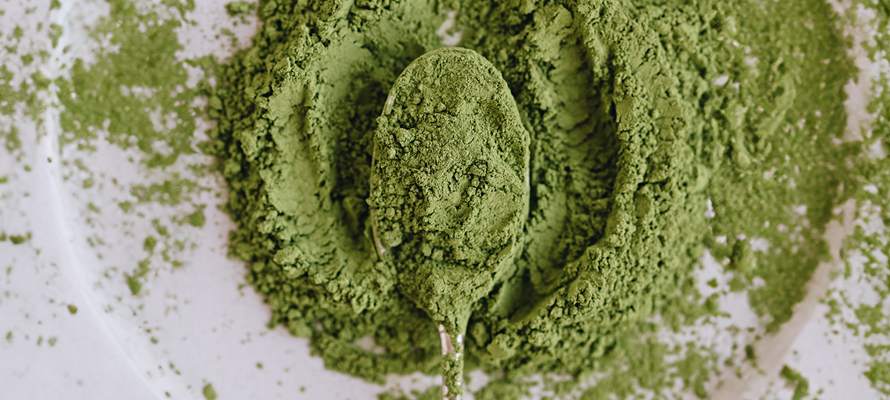
What’s called matcha tea is, in fact, matcha powder—no regular tea leaves we’re so used to seeing! Originally hailing from China, where powdered teas were all the rage during the rule of the Tang dynasty, matcha is made from dried tencha tea leaves. These leaves are processed in a unique way: first, they’re kept in the shade for several weeks before harvesting, which boosts the levels of chlorophyll in them and produces the vibrant green colour that matcha is so famous for. Once plucked, the leaves are steamed, dried, cut and milled. It can take as long as one hour to ground 30 grams of matcha, by the way!
If matcha originated from China though, how come is it always thought of as Japanese, you may wonder? The legend goes that it was Buddhist monks who brought matcha powder from China all the way to Japan. The locals ended up liking it so much that, over the years, matcha turned into a true symbol of Japanese tea culture, and an entire ceremony was built around it. The samurais themselves reportedly used to drink matcha to get ready for battle! Nowadays, the world’s finest matcha tea is actually grown in Japan, in a region called Uji.
What does matcha taste like then? Well, it’s characterised by a slightly bitter, earthy, vegetal flavour. There may be a hint of sweetness in there too. While the bold, unusual taste of matcha may take some getting used to, it’s bound to turn into a source of endless flavour adventures once you do!
Does Matcha Have Caffeine?
Those embarking on their matcha journey are often unsure if matcha tea is actually a caffeinated beverage. When it comes to its caffeine content, matcha sits somewhere between typical green tea and a cup of coffee. This means that a serving of matcha will boost your energy levels more than your regular cup of green would, but the rush it gives you will differ from that of coffee. You’re likely to feel more focused and alert, yet calm and relaxed at the same time.
Why Is Matcha Good for You?
While regular green tea is famous for its health benefits, matcha actually beats it by a mile! That’s because the former involves steeping the leaves in hot water for a while, then discarding them—along with some of their amazing health-promoting properties. Matcha is different though: during preparation, matcha powder is whisked into the water, which leads to you getting all of the goodness hidden in the leaves! Potential matcha benefits include lowering your blood pressure, reducing the risk of heart disease, boosting your metabolism and improving memory. Both your body and mind are sure to thank you for a cuppa!
What Types of Matcha Are There?
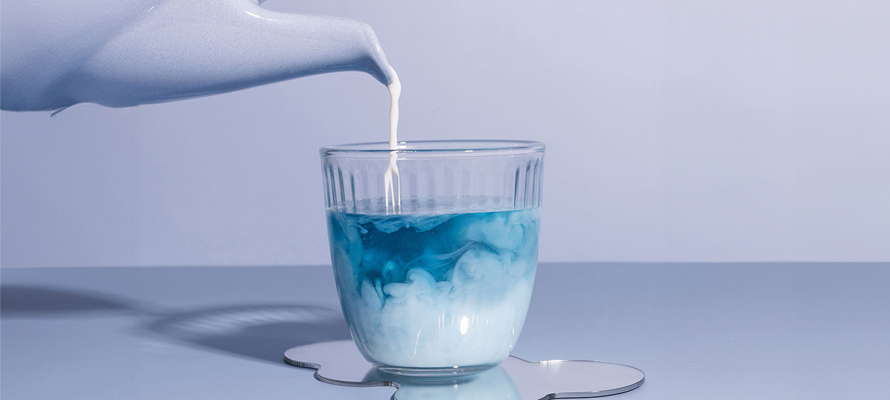
If you’ve never bought matcha before, your first time may be a bit of a challenge. In addition to numerous brands, there are different matcha grades to choose from—not to mention instant matcha latte mixes and intriguing alternatives, like pink or blue matcha. How should you go about making your decision then? No worries, we’re here to help!
First, let’s separate ceremonial grade matcha from the culinary kind. Compared to the latter, ceremonial matcha boasts a subtler flavour, yet keep in mind that it’s often pricier. There are two types of ceremonial matcha on the market: usucha (Japanese for “thin”) and koicha (“thick”). The first is widely available and suited well for daily matcha rituals, while the second, being hard to come by, is usually reserved for traditional Japanese tea ceremonies. There’s also the culinary, or confectioner’s, grade: while much cheaper, it’s lower in quality and is best used in baking. So, if you’re going to turn your matcha powder into a cup of tea, your best bet is going for the ceremonial usucha; but if you’re interested in making matcha part of your kitchen experiments, the culinary kind is good enough.
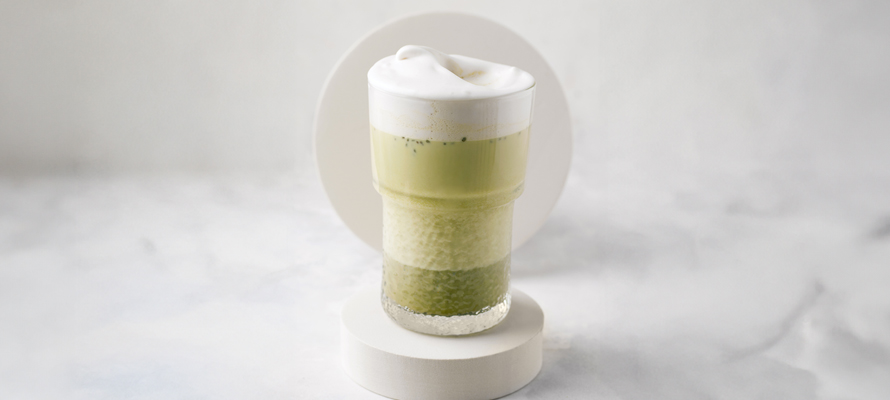
Perhaps, instead of regular matcha, you find yourself being drawn more towards matcha latte? While whipping up a serving of matcha latte yourself is pretty simple (look for a matcha latte recipe below!), instant matcha latte mixes make the whole process even easier. There’s a bunch of flavours available: from classic matcha latte to banana, ginger or mango. Just pick the one you like, pop it in a cup, add some hot water, stir well, and enjoy!
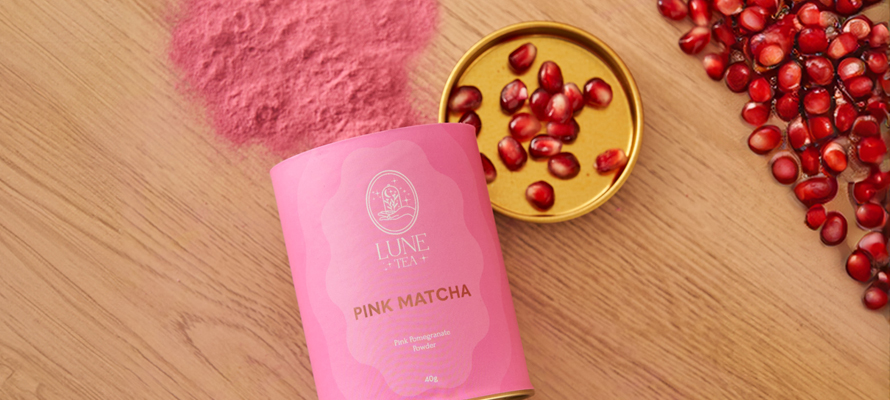
For those keen on taking their flavour experiments even further, there are exotic beverages like blue or pink matcha. While these teas are called matcha, and while they do boast the same powdery texture, they technically belong to a different category. Blue matcha, for example, is made from tropical plants called butterfly peas, while pink matcha is actually powdered pomegranate fruit. Use these matchas to brew tea or add a pop of colour to your culinary creations! Keep in mind though that these matcha varieties are caffeine-free—however, the list of health benefits they can provide you with is as impressive as that of classic matcha.
One last thing to remember: most types of matcha have a pretty short shelf life. Once opened, they’re best used within 2 months, so we suggest buying your matcha in small quantities and storing it in the fridge for maximum flavour and aroma.
How to Prepare Matcha?
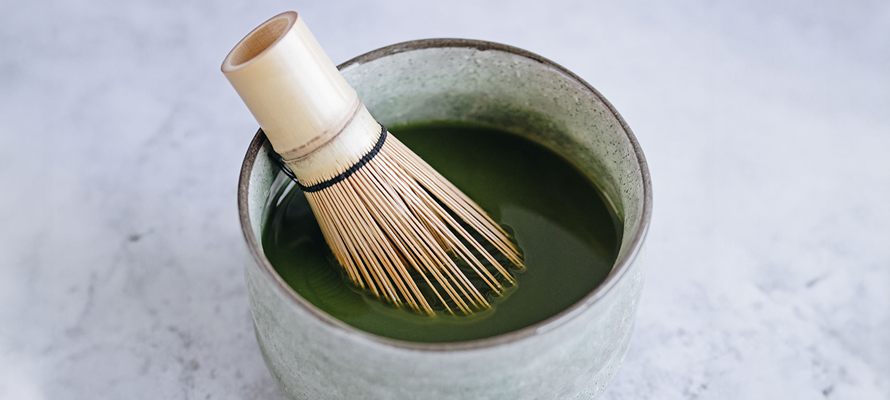
Now that you’re familiar with the history of matcha, its health benefits, and the types of matcha found on the market, it’s time for you to brew a cuppa! Before you do though, consider getting a special matcha whisk, also known as a chasen. This bamboo whisk is designed to break up clumps in the powder and top your matcha with a gorgeous layer of foam. A small bowl or mug (preferably made of stoneware) is a must too. To simplify things, you can get yourself a whole matcha set at once: it’ll include everything you might need for a proper matcha ritual!
Let’s make some matcha then:
- To prevent clumps from forming, it’s a good idea to sift your matcha powder through a fine strainer straight into a bowl or mug. This isn’t required though—just make sure that the vessel you’re using is dry.
- Add water at a temperature of ~80 °C (use 1 cup of water per 1 level teaspoon of matcha powder).
- Start whisking! If you don’t have a chasen, you can use a regular egg whisk or an electric milk frother. Avoid whisking in circles though: instead, move your hand back and forth or in a zigzag pattern. You can trace the letter “M” in the matcha mix repeatedly to make sure you get it right. Keep doing that for around 30 seconds.
- That’s it—now top with some more hot water if needed, and enjoy!
How to Make Matcha Latte?
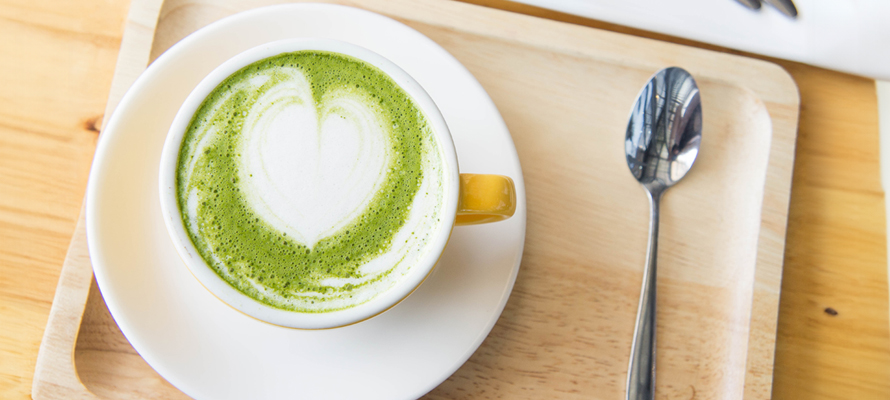
It was the trendy matcha latte recipe that caused the matcha boom in cafés and restaurants all over the world. You don’t have to go out to enjoy a cuppa though—it’s actually very easy to prepare at home. Simply top a serving of regular matcha (see the steps above) with some steamed milk, whisk until foamy, sweeten if needed, and you’re good to go! You can use plant-based milk alternatives instead of regular milk too.
Why not give iced matcha latte a try as well while you’re at it? Again, get a serving of matcha tea ready, then allow it to cool in the fridge or freezer for around 15 minutes. Fill a glass with ice, add milk, then top it all off with the matcha. There’s no better drink to enjoy on a hot summer’s day!
If that’s not enough, we’ll share our personal favourite with you. It’s a delightfully indulgent white chocolate matcha latte! Here’s the recipe:
For 2 servings, you’ll need:
- 350 ml milk (or your preferred plant-based alternative)
- 15 g white chocolate
- 2 tsp. matcha powder (plus some more to sprinkle on top)
- 120 ml water, heated to ~80 °C
Preparation:
- Heat milk and chocolate in a saucepan on medium heat, stirring continuously. Once the mixture begins to simmer, remove from heat and set aside.
- Whisk matcha powder and water in a bowl or mug (you already know how to do that!).
- Add the milk and chocolate mixture to the matcha, then whisk again until foamy.
- Pour into mugs and sprinkle some matcha powder on top.
- Enjoy!
As you can see, there are plenty of ways to enjoy your matcha, and we hope you’ll do just that! By the way, sworn fans of tea say that in matcha, coffee has finally met its match… Here at Coffee Friend, we’re not ready to pass on our daily cup of joe anytime soon, but we’d be lying if we said you couldn’t see us sipping on a foamy matcha latte every now and then!
